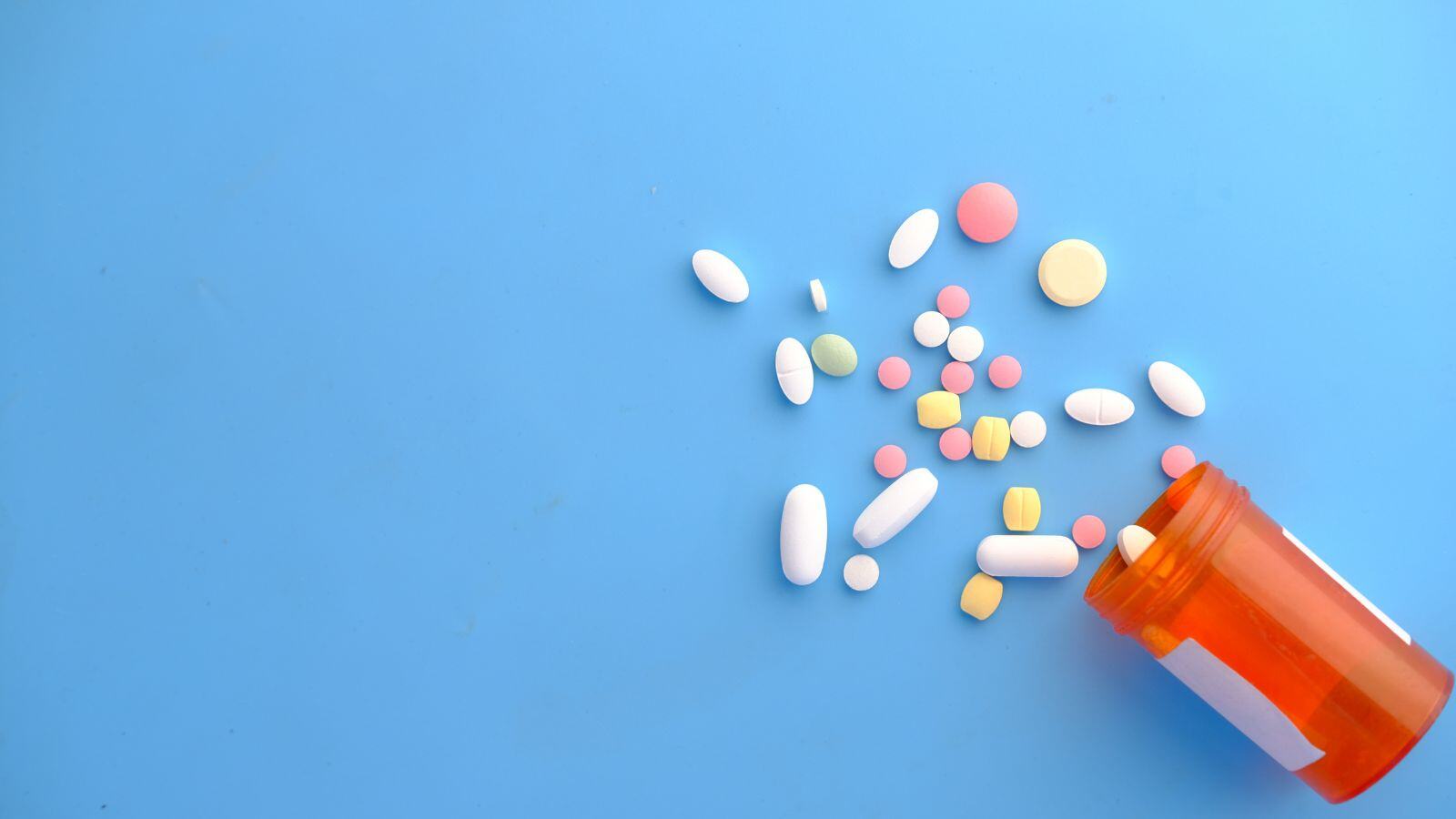Pharmacovigilance is a cornerstone of patient safety and public health, ensuring that the benefits of medicines continue to outweigh their risks. Central to this mission are pharmacovigilance (PV) safety databases — powerful tools that allow for the continuous monitoring and management of adverse drug reactions. These databases help pharmaceutical companies maintain regulatory compliance, detect risks, and ultimately safeguard patient health.
In this article, we’ll explore the key features of pharmacovigilance safety databases, why they are critical to the pharmaceutical industry, and how to choose the right solution to meet your organization’s needs.
What are Pharmacovigilance Safety Databases and Why Are They Important?
The objective of pharmacovigilance is the continuous evaluation of the risk-benefit profile of medicines, ensuring patient safety and protecting public health.
To achieve this, it is essential to collect, store, and safeguard information about adverse reactions experienced after the consumption of a medicine, using systems that comply with the requirements of relevant regulatory authorities.
A pharmacovigilance safety database is a centralized repository where Individual Case Safety Reports (ICSRs) are stored for a pharmaceutical company’s medicinal products. These reports are collected from various global sources, including spontaneous reports from patients or healthcare professionals, post-marketing studies, social media, and more.
By enabling the tracking and analysis of adverse events, these databases facilitate the detection and management of signals, contributing to the ongoing update of a drug’s safety profile.
Key Functions of a PV Safety Database
To fully understand the critical role pharmacovigilance (PV) safety databases play in ensuring drug safety and compliance, it’s important to explore their key functions.
These databases offer several essential features that streamline pharmacovigilance processes and enhance public health protection. Let’s take a closer look at the core capabilities:
- Automated Collection and Processing: Enables efficient case management and reduces processing time.
- Regulatory Compliance: It is essential for databases to remain up to date with the latest regulatory requirements and international standards, such as those of the International Conference on Harmonization (ICH) and regulations from the Food and Drug Administration (FDA), the European Medicines Agency (EMA), and local authorities.
- Signal Detection and Analysis: Ensures the identification of potential risks associated with a drug, allowing for appropriate decision-making and actions to protect public health.
What Options Are Available in the Market?
Now that we’ve explored the essential functions of a pharmacovigilance safety database, let’s dive deeper into some of the top solutions available today. Different pharmaceutical companies have varying needs depending on factors such as company size, therapeutic focus, and the volume of safety data to be managed. Choosing the right system is essential to ensure efficiency and compliance.
Leading options include Oracle Argus Safety, Aris Global LifeSphere Multi-Vigilance, Veeva Vault Safety, and QbD Group’s Vigilazierta® R3. Each of these systems offers distinct features, catering to various business models and operational requirements. When evaluating the best safety database for your organization, it’s crucial to consider the following factors:
Scalability
As your company grows, you may experience an increase in adverse event reports, making scalability essential. Solutions like Oracle Argus Safety are well-suited for large enterprises handling high case volumes.
In contrast, Vigilazierta® R3 provides a flexible, modular solution, allowing small to mid-sized companies to scale as their pharmacovigilance needs expand. This adaptability ensures consistent performance across organizations of all sizes, even as workloads increase.
Compliance and Global Reach
Ensuring global regulatory compliance is essential. Solutions like Oracle Argus and Aris Global LifeSphere provide robust tools for meeting regulatory requirements across various regions, including EMA’s EVWEB, FDA’s FAERS, and Japan’s PMDA standards.
Vigilazierta® R3 is similarly designed with global compliance in mind, supporting international reporting standards like E2B (R3) and offering features that facilitate adherence to complex regulatory frameworks, no matter where your products are marketed.
Automation Capabilities
Automation reduces the risk of manual errors and accelerates case processing—a critical factor for efficient pharmacovigilance. Vigilazierta® R3 excels in this area with automated reporting capabilities, including CIOMS I, PSUR/DSUR, and SUSARs, streamlining workflows and easing the burden on your team.
While other platforms, such as Veeva Vault Safety, prioritize user-friendly automation for rapid implementation, Vigilazierta®’s advanced automation tools ensure seamless data management and compliance, making it an ideal solution for organizations aiming to optimize their processes.
Cost and Maintenance
Total cost of ownership is another important consideration, encompassing setup, licensing, support, and ongoing updates. Oracle Argus, with its extensive capabilities, tends to come with higher costs, making it better suited for larger enterprises with significant budgets.
In contrast, cloud-based solutions such as Aris Global LifeSphere and Veeva Vault Safety often provide more cost-effective options for smaller businesses, balancing maintenance expenses with scalability.
Vigilazierta® R3 is also a cost-efficient option, offering the flexibility and functionality of larger systems without excessive overhead, making it accessible to companies of various sizes.
Cost and Maintenance
A modern pharmacovigilance system must integrate seamlessly with other platforms, such as clinical trial management systems (CTMS), electronic health records (EHR), and regulatory submission platforms. Veeva Vault’s cloud-native architecture excels in this area, ensuring smooth integration across multiple platforms.
Likewise, Vigilazierta® R3 is designed for robust interoperability, supporting XML/HL7 formats for efficient record import/export. This capability facilitates seamless integration with external systems, allowing companies to optimize safety reporting and data flow across various tools.
By evaluating your company’s size, budget, and specific needs — such as the need for modular features, global compliance, or advanced automation — you can make a more informed decision when selecting the best pharmacovigilance safety database.
Each of these platforms has unique strengths, and the right choice will depend on your business priorities and long-term pharmacovigilance goals.
Streamline Your Pharmacovigilance with Vigilazierta® R3 from QbD Group
Choosing the ideal pharmacovigilance safety database requires balancing ease of use, regulatory compliance, and adaptability to meet your specific needs. Modern solutions now offer features that not only ensure compliance but also enhance data management and integration.
While top platforms like Oracle Argus Safety, Aris Global LifeSphere, and Veeva Vault Safety each bring unique strengths, QbD Group’s Vigilazierta® R3 stands out as a highly flexible and cost-effective choice. Designed for pharmaceutical companies seeking a streamlined approach to adverse event management, Vigilazierta® R3 provides a unified platform that simplifies the complexities of pharmacovigilance data handling.
Key strengths of Vigilazierta® R3 include its flexibility in supporting record imports and exports, as well as seamless integration with other systems via XML/HL7 formats. Its automated features—such as CIOMS I and PSUR/DSUR reporting—reduce manual effort and enhance efficiency, helping companies maintain compliance while safeguarding public health.
Choose Vigilazierta® R3 to keep your organization agile and compliant, regardless of regulatory complexities.
Contact us today to learn more or to schedule a demo.
Let us help you safeguard public health and enhance compliance with our cutting-edge pharmacovigilance solution.







.png?width=109&height=108&name=Pharma%20(2).png)
.png?width=111&height=108&name=Medical%20Devices%20(2).png)
.png?width=84&height=107&name=IVD%20(2).png)




.jpg)




.jpg)